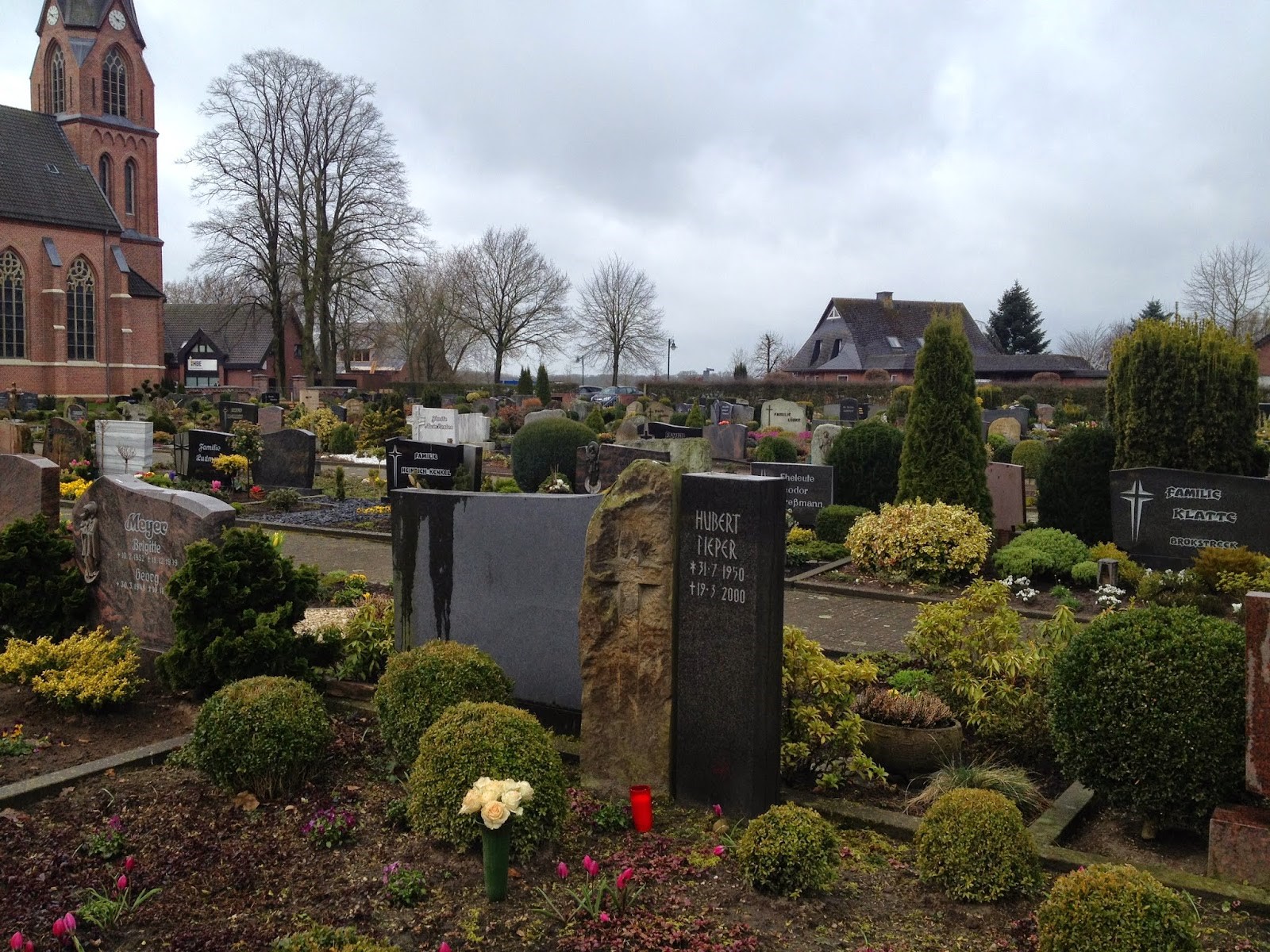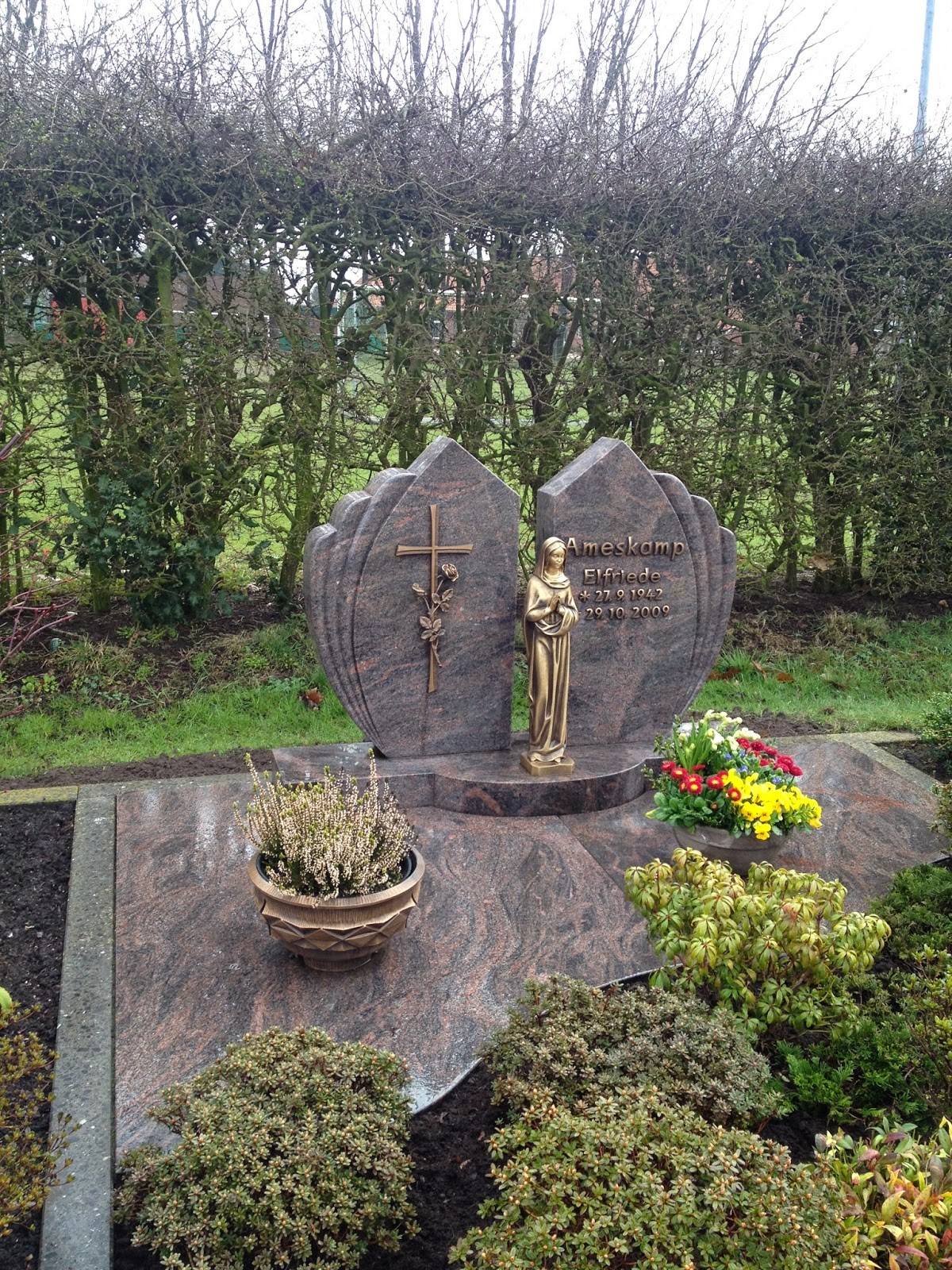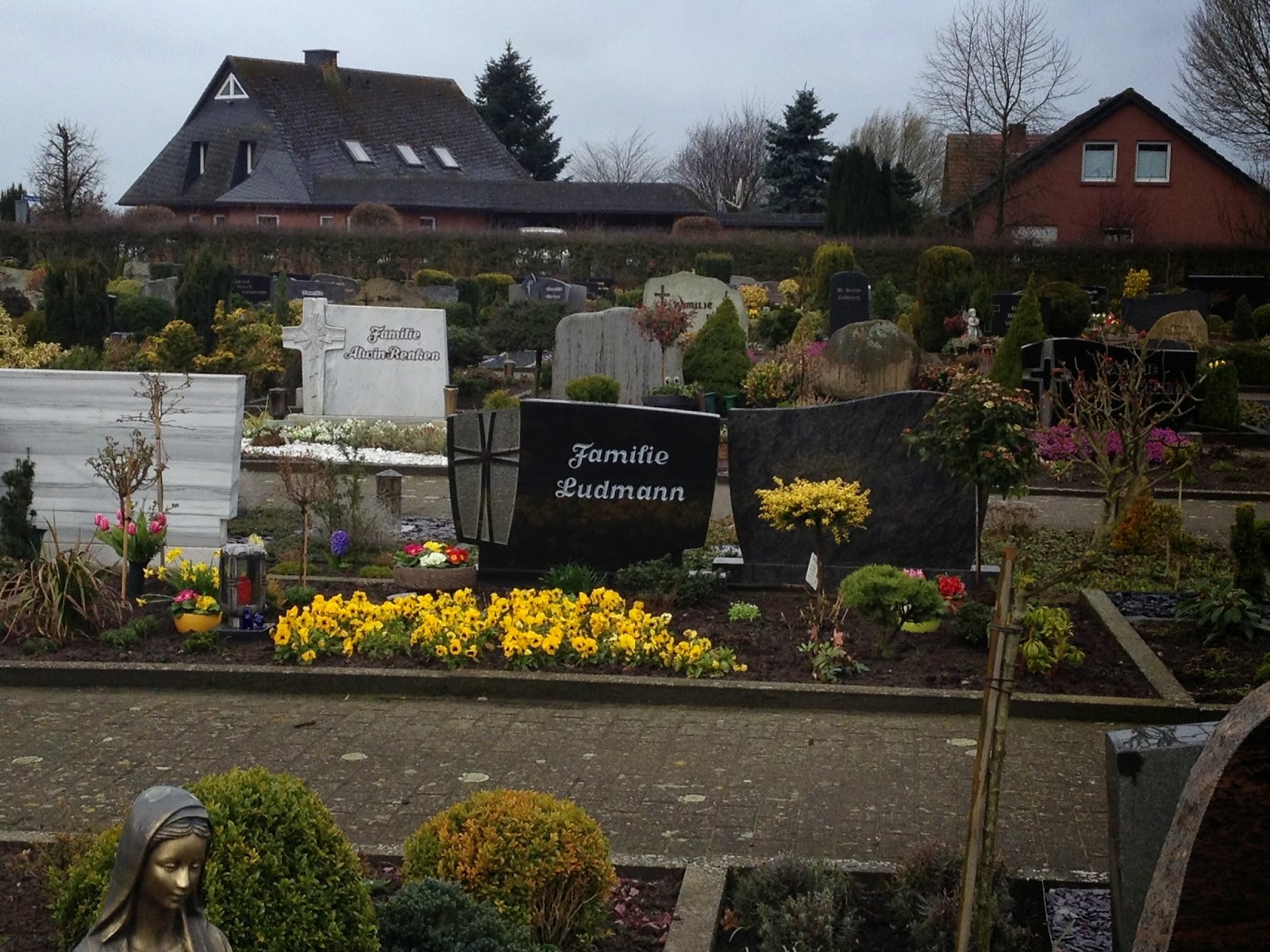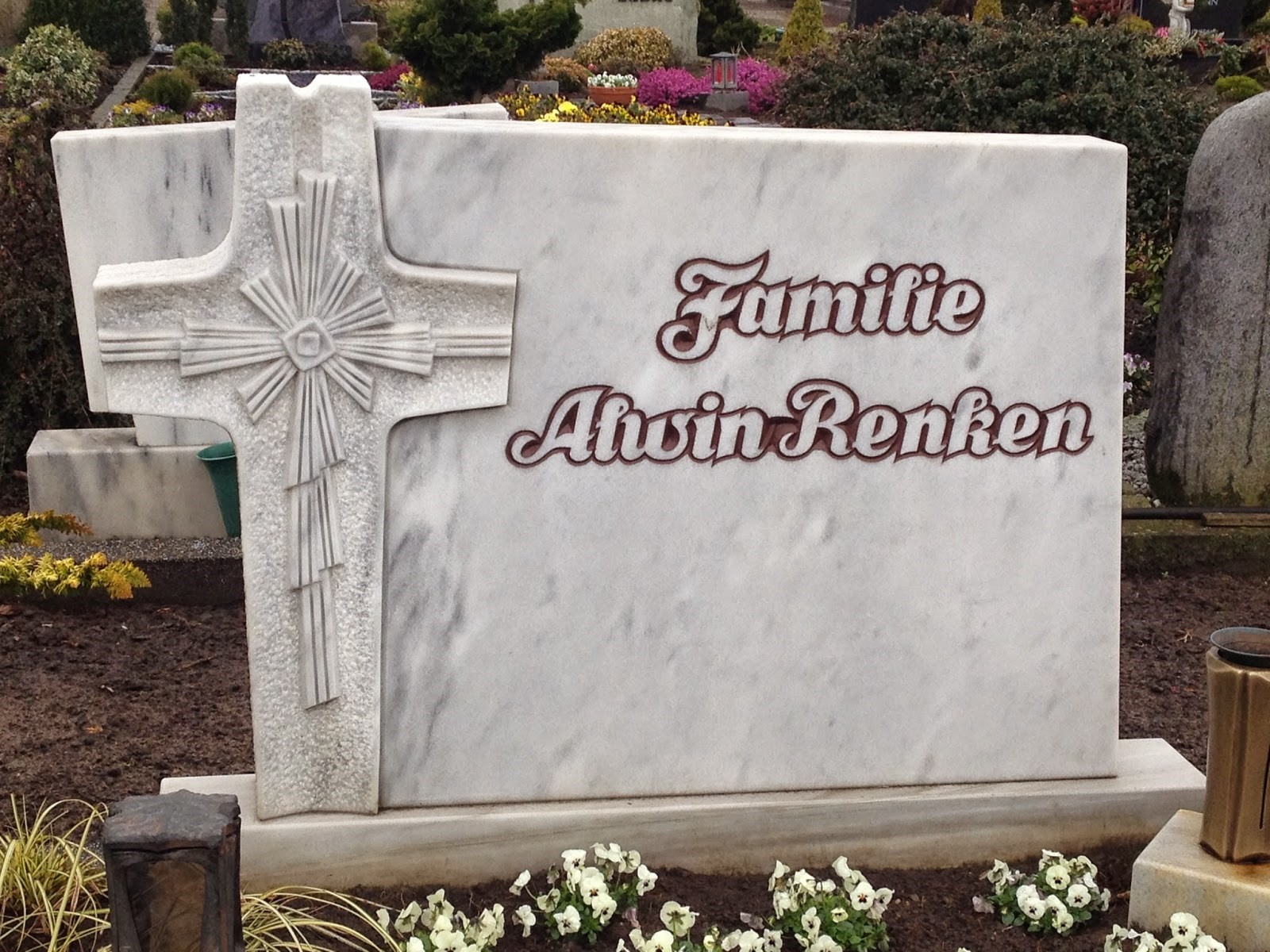Why Germans would win every recycling war, ever
April 10, 2015

Diana Stanley is a Museum Volunteer studying abroad in Europe until June. She's writing as a Field Reporter while she travels. Her mother went to visit and they explored Germany, the place of their ancestors. Follow our blog to receive her updates throughout the coming months.
By Diana Stanley, Field Reporter
Many Kansans have German roots and my family is no exception. Before the Autobahn, the Cloppenburg region was poor and rural so my great-grandfather Martin Krogeman of Steinfeld, Germany left his native land at the young age of twenty. On our first day in the German Northwest, my mother and I visited Steinfield to see what remained from Martin’s time. Our wonderful third cousin (or second cousin? It’s complicated.) drove us there. Unfortunately much of the old town is gone from war or regular construction, but the church Martin attended as a child is still around.

After seeing the beautiful St. Victor’s church, we visited the cemetery where Martin’s parents used to be buried. Yes, I mean used to as in the past tense. As shown by plastic and glass slots on every trash can, Germans really like recycling. For centuries, Germans have taken the practice up a notch. They recycle graves.
Recycling graves is a sensitive subject in the States, but it is considered normal in Germany. Generally, mourners rent graves for twenty to thirty years per person (it used to be fifty, but it was reduced). These “family plots” are often used for four or more people and the coffins are placed vertically to save space. After an initial investment, families pay yearly with amounts varying in different cemeteries. It might cost €50-300 a year. Multiple generations might be buried in the same plot with only one tombstone; these tombstones generally have only the surname with no dates. While most cemeteries give families the option to continue paying after the initial lease is up, eventually the money will run out as the mourners themselves die. By the time this happens, the bodies have decayed and new families move in. (For a more macabre look at the natural question- what if they don’t decay? Look here.).

There are a lot of benefits of this system. Most importantly, the cemeteries never overfill. In America, we are only now experiencing problems with cemetery space in the big cities, but in Europe the problem is acute. Steinfield’s cemetery is about seven hundred years old but is still roughly the same size as when it first started. The fleeting nature of plots also lends itself to ascetics. Families hire professional gardeners to design and maintain their 5x10 square feet space. Every plot is a horticultural work of art. Shrubs, flowers, saint sculptures, and white gravel carpet the ground instead of plain grass. The tombstones are no less elaborate. They are large and impressive, with interesting crosses and gold lettering. A moss-covered stone is not the rule, but the exception, a rare lonely monument in an otherwise cheerful atmosphere.

As a downside, German graveyards rarely have plots older than a hundred years old. Historians have no opportunity to sightsee, searching for medieval graves. The recycled plots also hinder genealogical research. Unlike in the U.S., most Europeans do not care about figuring out family history. As my relative says, “Everyone lives for his own time.” For the historian, it can be disappointing because some historical figures are only recognized as significant decades after the fact, when their grave has likely already been recycled. Recycling also means a dearth of plague graveyards like in England and France. Archeologists have been studying corpses in these graveyards to learn about the Black Death, which isn't possible in Germany.

Many Germans nowadays are moving away from traditional grave recycling, but not to a system like the U.S. Instead, people are opting for cheaper “Anonymous burials.” These burials, which are growing ever popular in Eastern Germany, are in a field with no personal markers or plots. My great-great-grand parents’ plot might not be around, but Martin’s is, near a little town which resembles most of the rural communities in the country he left. As we traveled back to our hotel, everything in Steinfeld seemed to close down as the sun set. Both Northwestern Germans and Kansans use the same idiom to describe this closing, “small towns roll the sidewalks up at night.”